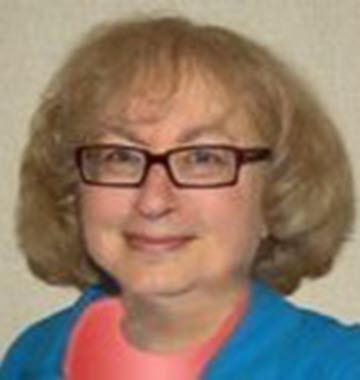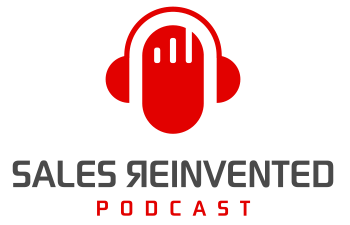Episode 305: Cathy Goodwin

Meet
Cathy Goodwin
Cathy Goodwin is an online marketing strategist. She believes that small businesses can’t brand like the big brands—beer, software, cola drinks. She’s created a storytelling framework to simplify marketing for small service-based businesses.
Our Mission Is To Change The Negative Perception Of Sales People
Our Vision Is A World Where Selling Is A Profession To Be Proud Of
Listen to other people’s stories. Analyze them. What resonates? What doesn’t? What is the purpose? In this episode of Sales Reinvented, Cathy Goodwin shares why you can’t just have a handful of useless stories that you deploy without thought. Each story must be carefully crafted to reach your audience and is crucial in the sales process. Learn how Cathy creates purposeful stories in this episode!
Outline of This Episode
- [0:46] Why storytelling is an important skill to possess
- [2:26] Learn what type of story to tell at the right time
- [4:20] The role of the customer’s backstory
- [9:43] Learn from listening to others’ stories
- [11:54] Top 3 storytelling dos and don’ts
- [15:08] Why purposeful storytelling is key
The importance of purposeful storytelling
Storytelling has become the most important tool in the marketing arsenal—especially in copywriting and content creation. Storytelling allows you to do things you can’t do any other way. Telling a story helps illustrate points. It helps you share your expertise without sounding boastful. You can show a lot about what you do and who you are by telling a carefully chosen story.
You can also explain a complex concept. Many businesses offer opportunities to clients that didn’t exist five years ago. Cathy knew someone who developed an app to help people find spaces to hold events. How do you explain that? How do you show why people might need the app? They shared why they created it: the founder needed somewhere to host a birthday party. Simple, yet effective.
Learn what type of story to tell at the right time
Everyone tells stories. Cathy says to think about meeting a friend for coffee or a beer. When you’re catching up with each other, you tell stories. What you have to learn is what type of story to tell and when to tell it. A business story isn’t the same as a personal story. You have to identify a story that has a purpose. You also have to learn the different kinds of business stories. Some stories explain. Some stories build relationships. Some demonstrate expertise. You need to know when to tell each kind of story.
The role of the customer’s backstory
Suppose you’re in a restaurant. You see the server walk by with a good main course. You didn’t see it on the menu but now that you’ve seen it, you want it. Cathy firmly believes that’s what a story that sells should be like. You want to create a dream for the reader. You take them into the dream and share the details. Encourage them to enter the scene with you. Give them an idea of what the outcome of working with you might look like. Then, you need to get the audience to say, “I want that.”
How do you accomplish this? It’s important to know the customer’s backstory. Cathy believes there are three parts to a customer’s backstory:
- The problem itself: If you run a printing service, why do people come to you? Maybe they need flyers printed by next week and they’re complicated to print. It’s a complex job, so they come to you.
- Why can’t they do it themselves? Why can’t they just go to a Kinkos or a FedEx? Why do they need help?
- What is their baggage? How many times have they been to other print shops? Have they had good experiences—or bad experiences? Maybe their order was late, misprinted, or people were rude to them. They bring baggage to the encounter with you. This is true for any relationship.
When you know these things, you know how to begin to craft and tell a story. What else do you need to know? Listen to learn more!
Why purposeful storytelling is key
Cathy attended a networking event in Seattle. Everyone was sharing what they did for work. But one woman stood out. She said, “I’m going to tell you about one of my clients. She didn’t have any savings, couldn’t put money aside, and had a bad credit score—but she wanted to buy a house. So we worked together for a few years. Last week, this woman closed on her very first house.”
Everyone at the event found a reason to get that woman’s card. They all knew someone in a similar situation who she needed to talk to. She communicated what she did quickly and vividly through the use of a purposeful story. She chose the perfect story for a networking event. If you can do that for your prospects, you’ll connect on a deeper level—which can ultimately lead to sales.
-
Resources & People Mentioned
- Building a StoryBrand by Donald Miller
- Cathy’s book: Grow Your Business One Story At A Time
- Cathy’s podcast: Strategic Storytelling
Connect with Cathy Goodwin
Connect With Paul Watts
Audio Production and Show notes by
PODCAST FAST TRACK
https://www.podcastfasttrack.com
Share This Episode, Choose Your Platform!
